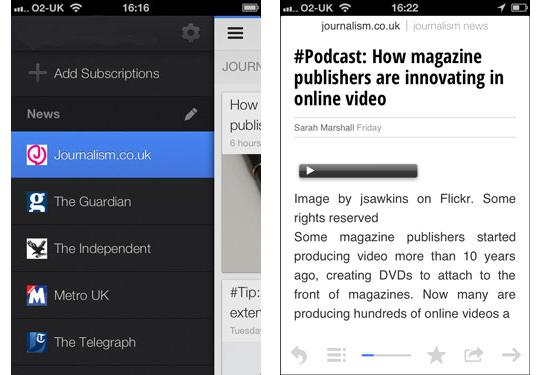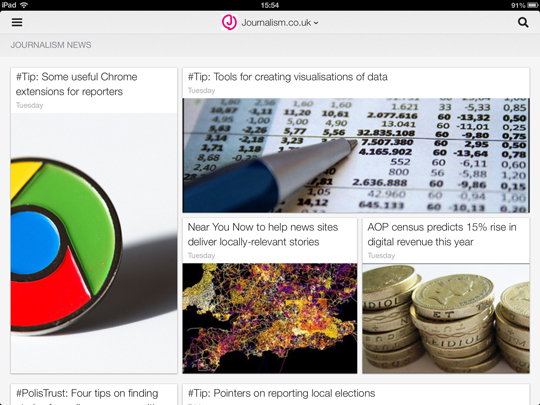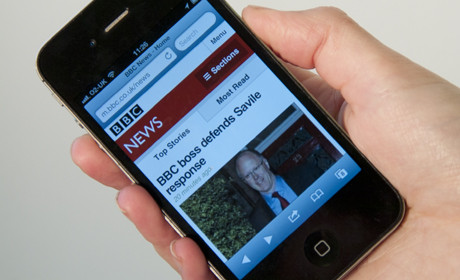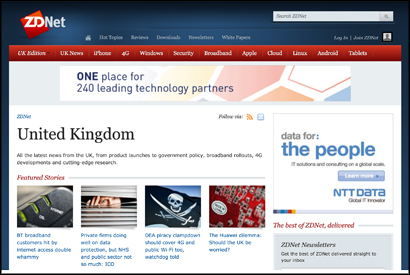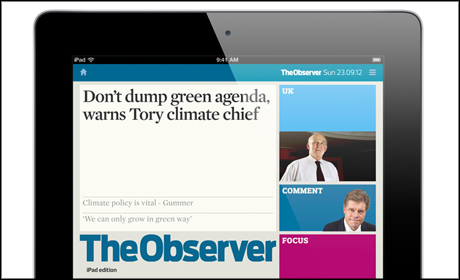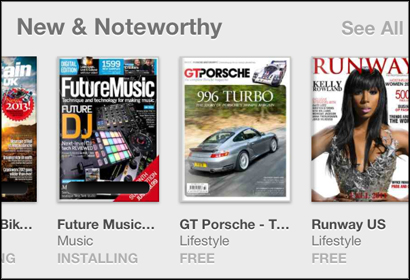
It is almost a year since the launch of Apple’s Newsstand. After success stories for Future Publishing, which reported 6 million downloads in the first six weeks, and talk of it “revolutionising” the publishing industry, the question Mike Goldsmith, editor-in-chief, digital editions at Future Publishing, now gets asked is “how do I get on the Apple carousel?”
After Future’s success in regularly being featured in the carousel, publishers are keen to find out from Goldsmith how they too get in the ‘featured app list. Goldsmith shared his advice with delegates of today’s Mobile Media Strategies conference.
Another conference case study came from The Week, Dennis Publishing’s title which launched in 1995 and had an average monthly circulation of more than 190,000 in the first six months of 2012, according to recent Audit Bureau of Circulation results.
The Week’s iPad app has also been positioned by Apple in the ‘featured’ slot, and Alex Watson, head of apps at Dennis Publishing, also talked through lessons from the title which he said is reporting that digital subscriptions are growing by 10 per cent per month.
Lessons from Future Publishing
Mike Goldsmith’s main piece of advice is to “publish a good product”.
“Make something amazing,” he said. “This is the factor that will get your magazine featured in Apple’s carousel”. He pointed out that the ‘featured apps’ slot is not the reserve of large brands and smaller publishers can take the slots.
He also advised publishers to “get your support sorted out before launch”, explaining that they could expect to receive thousands of emails from readers so to put systems in place to respond to the customers who will contact them.
He also urged publishers to “know your customers” and study the analytics. And “remember you are selling a product”, he said, and therefore work on the cover of your app.
Goldsmith also advocated “telling manufacturers about your app”. He advised building a relationship with Apple (and Amazon and Google).
Lesson from The Week
Building relationships is something Dennis Publishing did when designing and building The Week’s app, showing Apple the product and listening to feedback, Alex Watson explained.
Watson said that they decided not to opt for a PDF-type replica of the magazine.
The app is “native in terms of way the user gets it” from the App Store, Watson explained, and uses HTML5 technologies to help focus on the user experience.
The technology keeps the file size of the app down to just 15 to 20Mb, giving the user experience of a fast download speed.
The Week also built in another feature, as the publisher knew its readers would opt for iPad app bedtime reading, which was a “night-mode” option with the bright back lighting dulled.
For more from Watson listen to the following interview:
